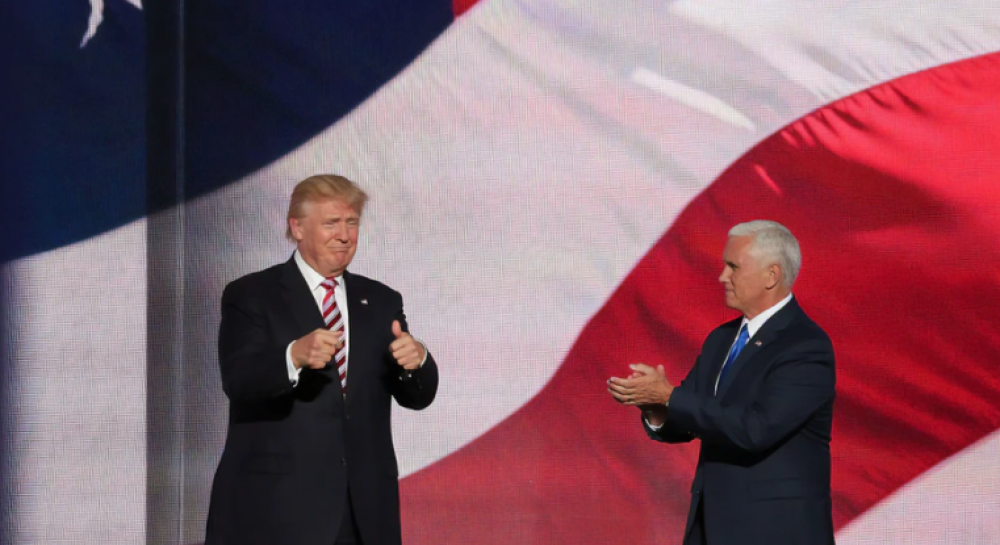Existing Client? Login
Article
Trump Signs Executive Order Permanently Expanding Telehealth Benefits

President Donald Trump recently signed an executive order aimed to improve telemedicine and rural health care access. The order expands telehealth benefits for Medicare recipients past the public health emergency (PHE) declaration for the coronavirus (COVID-19) pandemic, particularly addressing health care access in rural communities.
Previously, Trump had expanded Medicare telehealth coverage, which offered expanded benefits and suspended restrictions on 135 health care services offered via telehealth to Medicare beneficiaries. This temporarily allowed recipients to receive a wider range of services. This executive order extends these flexibilities and moves to expand telehealth benefits permanently, and increase access and choices for seniors.
The Centers for Medicare & Medicaid Services (CMS) Releases Proposed Rule
Shortly after the executive order, the CMS issued a press release proposing a rule which reduces the clinician burden in rural areas. The CMS notes that telehealth can help address current health care challenges. "Telemedicine can never fully replace in-person care, but it can complement and enhance in-person care by furnishing one more powerful clinical tool to increase access and choices for America's senior," according to CMS Administrator Seema Verma.
he CMS’ proposal permanently allows for some services to be done via telehealth, including certain types of home visits. The proposed adjustments also help to ensure that the CMS appropriately recognizes the types of care where clinicians need to spend more face-to-face time with patients, including primary care and complex or chronic disease management. The CMS’ recent press release notes that these efforts help address health care challenges in rural areas, where access to health care providers often is limited.
According to a press release, the Centers for Medicare & Medicaid Services (CMS) is proposing to allow specified services to be offered via telehealth permanently.
The Expansion of Telemedicine
According to the U.S. Department of Health and Human Services (HHS), Medicare primary care visits have shifted toward the telehealth format, with 43.5% of Medicare primary care visits taking place virtually in April—less than 1% had been virtual in February. As the use of virtual health care has expanded in response to COVID-19, many health care providers have advocated for expanded use of telehealth after the PHE declaration. Though details regarding how telemedicine will impact Medicaid recipients continue to adjust, this executive order takes a step in the direction of expanding access to telemedicine services.

Marty Thomas
Marty has spent most of the last 20 years developing software in the marketing space and creating pathways for software systems to talk to each other with high efficiency. He heads our digital marketing efforts as well as oversees any technology implementations for our clients. As a partner, Marty is also responsible for internal systems in which help our team communicates with each other and our clients.